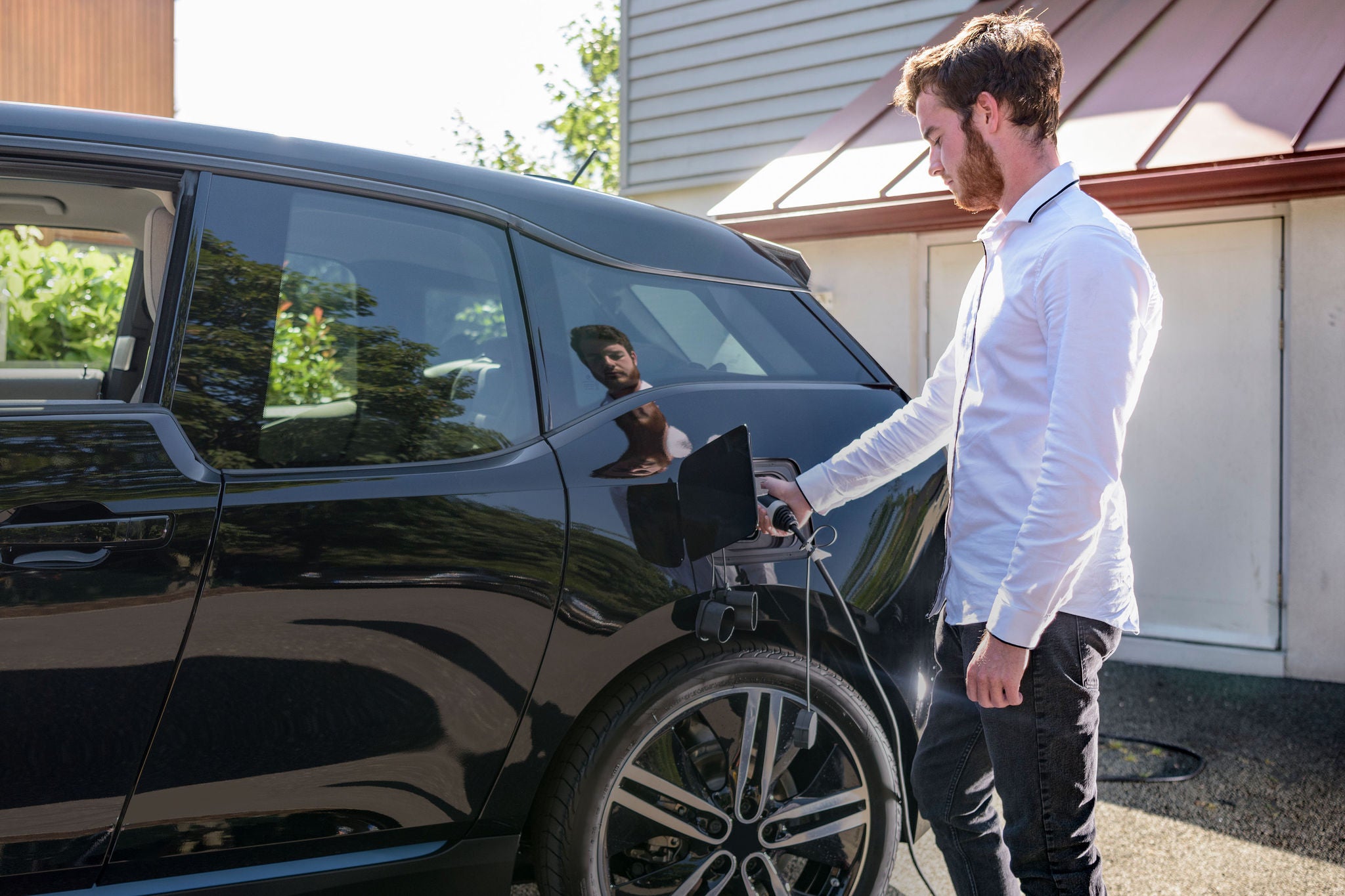The European battery market could best be described as two races being run in parallel. For OEMs, one player after another announced bold accelerations of their cycle plans towards electrification. This was not just in anticipation of more regulation banning the sale of petrol and diesel cars but also an acknowledgement that they could only realistically compete on one front. Given the host of new entrants, EVs became the key battle ground.
For their part, the battery makers – whether established Asian major or new European challenger – have rushed to build new European plants and capture the share of what will remain the biggest EV market until at least the beginning of the next decade. In 2020, there was a forecast European supply shortage of 75GWh in 2025. However, several cell suppliers have recently announced ambitions for new plants and extensions to existing facilities. It is probable that such healthy competition will meet the demand, though imbalances will still emerge in chemistries, formats and perhaps even more importantly, in localized supply of sustainably produced materials.
The OEMs cannot afford to rely on traditional commodity strategies and supplier off take agreements. The battery makers cannot afford to build expensive factories without customers. In that environment, we will see a lot more in the way of consolidation, strategic alliances and vertical integration.
Improvements in design and manufacturing efficiency, as well as low commodity prices, have driven down battery costs over the last several years. However, with a demand-supply imbalance on the horizon, prices — especially for cobalt sulphate and lithium hydroxide — are more likely to increase than decrease at the cell level.
In particular, prices for raw materials will need to increase to unlock supply. This may require new mines and refineries for nickel, cobalt and lithium. Meanwhile, to qualify within rules of origin regulations, cell and battery manufacturers will need to build more localized cell plants and battery materials plants, with high land, labor and energy costs. An increased focus on mine to wheel sustainability and environmental, social and governance will also increase costs in the short- to mid-term. Further, headline cell prices are often effective prices achieved on paper through advanced in-module or pack. Actual cell costs are often higher.
The supply-demand dynamics will play out between OEMs and battery makers. Battery makers will start to choose their customers and will increasingly pivot from buying market share to prioritizing economic returns, such as through volume. Incumbent OEMs that have focused on internal combustion engine (ICE) vehicles will need to act quickly to keep up with the competition. Premium OEMs (mostly Europe and US) should focus on battery manufacturers with tailored approach due to lower volume.
In an effort to secure supply in an increasingly constrained market, some OEMs are exploring vertical integration opportunities and strategic partnerships with cell manufacturers and mid-stream suppliers that produce components and materials, such as cathode active materials and synthetic graphite.
Other OEMs, such as Daimler AG and Mercedes-Benz AG,4 have made strategic investments in battery cell manufacturers. Volkswagen5 announced their intention to build their own gigaplants and bring manufacturing capabilities in-house.
In addition to supply security, OEMs can achieve cost efficiencies, better control over sustainability, and an opportunity to influence innovation. Ultimately, the most compelling reason for vertical integration is competitive advantage. Chemistries and technologies are increasingly becoming differentiators in battery performance for EVs. OEMs that continue to see cell batteries as just another commodity could well be left behind.
OEMs that are alert to the critical supply risk are adopting new business models. They are securing upstream supply for key metals, either directly or through a tier one early take or pay, procuring cells on a conversion or tolling basis. Additionally, some OEMs are balancing short term offtake with incumbent cell manufacturers with long-term strategic alliances, including equity investments. Others are encouraging the emergence of a flourishing group of startup European and US players. Still others are in investing, either through their corporate venture capital divisions or through other vehicles, in emerging technology, such as silicon anodes, solid state and recycling technology.




